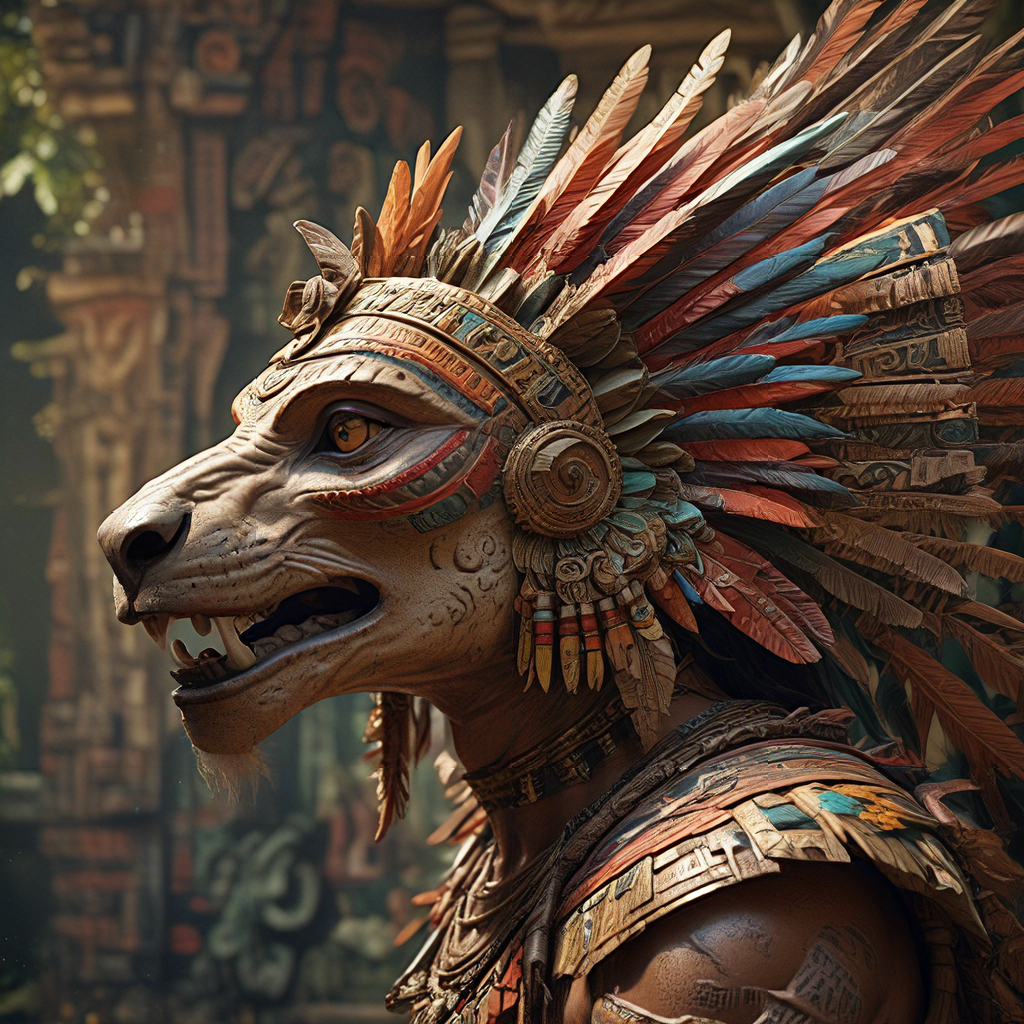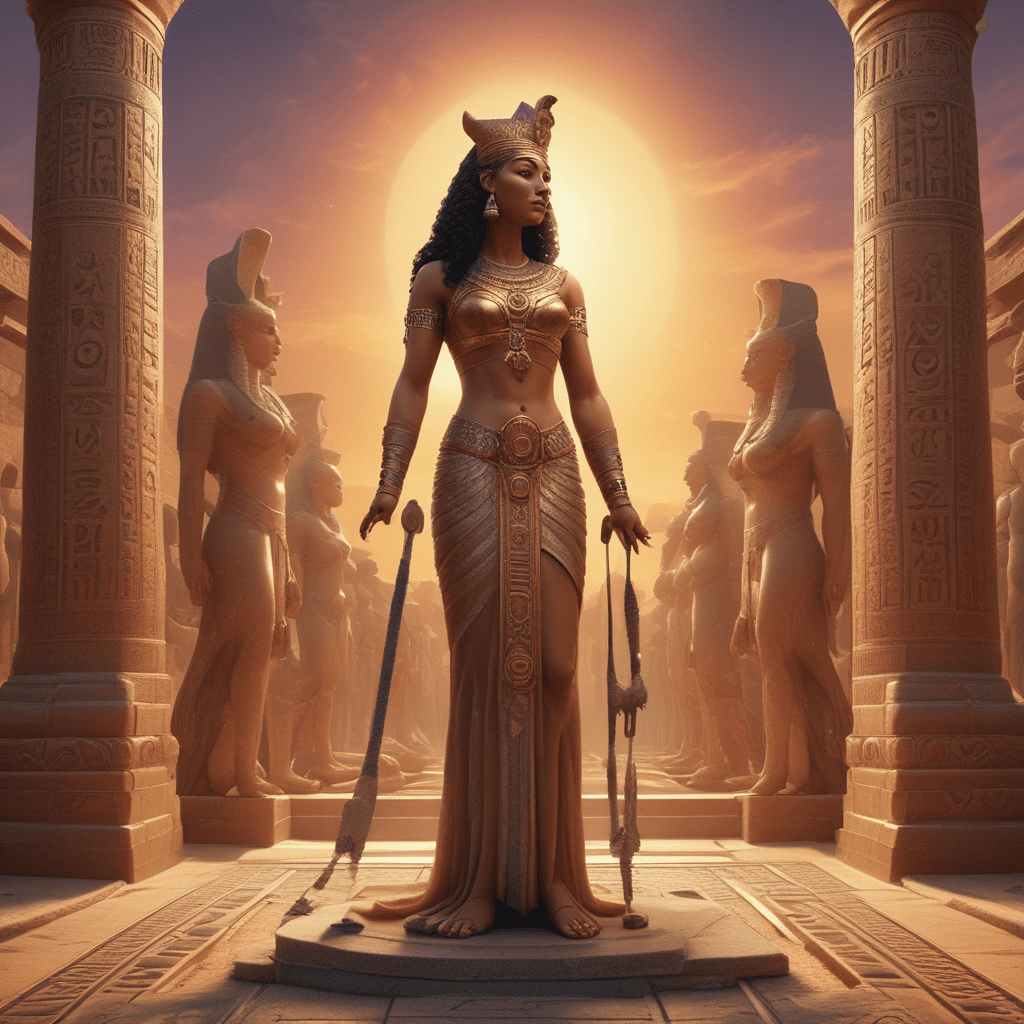The Playful Side of Myth: Celebrating Trickster Tales
Introduction to Trickster Tales
Trickster tales are a fascinating component of mythology, embodying characters that defy conventional norms and challenge the status quo. A trickster is often depicted as a clever, mischievous figure who uses their wits to outsmart others, frequently turning situations on their heads. These characters hold significant cultural importance across various societies, acting as agents of change and embodying the complexities of human nature.
The universal appeal of trickster tales lies in their ability to resonate with audiences from diverse backgrounds. Across cultures, tricksters emerge with unique traits and stories, yet they share common themes of cunning and humor. Whether in African folklore, Native American myths, or Norse sagas, these figures captivate audiences, making trickster tales a vital aspect of storytelling traditions worldwide.
Historical Context of Trickster Figures
Trickster archetypes can be traced back to ancient mythologies, with notable figures such as Anansi from West African folklore, Loki from Norse mythology, and Coyote from Native American traditions. Each of these characters plays a crucial role in their respective narratives, often serving as both heroes and antagonists.
In early societies, tricksters were essential to storytelling, often used to convey moral lessons or explain natural phenomena. Their tales frequently addressed societal norms and human behavior, allowing listeners to reflect on their values and beliefs. Tricksters functioned not only as entertainers but also as educators, challenging audiences to think critically about their circumstances.
Characteristics of Trickster Characters
Trickster characters are defined by several common traits:
- Cunning: Tricksters are resourceful and intelligent, often using their wits to navigate challenges.
- Humor: They possess a strong sense of humor, using laughter as a means to connect with others and diffuse tension.
- Unpredictability: Tricksters thrive on chaos, often acting in ways that defy expectations.
Moreover, tricksters embody a dual nature; they can be creators and destroyers. Their actions can lead to positive changes or chaotic outcomes, reflecting the complexities of human experience. This duality makes them relatable and intriguing, as they navigate the fine line between order and disorder.
Cultural Variations of Trickster Tales
While trickster figures share common traits, their narratives and moral lessons vary significantly across cultures:
- African Tricksters: Characters like Anansi often emphasize wisdom and resourcefulness, highlighting the importance of community and storytelling.
- Native American Tricksters: Figures such as Coyote embody the spirit of nature and often teach lessons about respect and balance.
- Norse Tricksters: Loki represents chaos and mischief, often challenging the gods and showcasing the consequences of arrogance and deceit.
The cultural context shapes these narratives, influencing the lessons imparted and the values celebrated. By examining trickster tales from various cultures, we gain insight into the shared human experience and the diverse ways societies understand morality and identity.
Themes Explored in Trickster Tales
Trickster tales explore several recurring themes:
- Subversion of Authority: Tricksters often challenge societal norms, questioning authority and highlighting the absurdities of power.
- The Nature of Deception: Deception is a central theme, as tricksters navigate a world filled with lies and truths, prompting audiences to reflect on their own perceptions.
- The Quest for Identity: Many tricksters embark on journeys that ultimately reveal deeper truths about themselves and their place in the world.
These themes illustrate the interplay between chaos and order within trickster narratives, showcasing how disorder can lead to unexpected insights and growth.
Tricksters in Folklore vs. Literature
There is a distinct difference between oral traditions and written adaptations of trickster tales. Oral traditions allow for fluid storytelling, where tales can evolve over time, adapting to new contexts and audiences. In contrast, written adaptations often solidify a particular version of a story, potentially limiting its interpretative possibilities.
Notable literary examples of trickster tales include:
- “The Wind in the Willows” by Kenneth Grahame: The character of Ratty embodies trickster qualities, bringing humor and playfulness to the narrative.
- “The Adventures of Huckleberry Finn” by Mark Twain: Huck represents a modern trickster, challenging societal norms and exploring themes of freedom and morality.
These literary adaptations often reflect contemporary issues, demonstrating the ongoing relevance of trickster figures in modern storytelling.
The Role of Humor in Trickster Tales
Humor is a vital component of trickster tales, serving as a tool for social commentary and critique. Through laughter, tricksters expose the absurdities of life, encouraging audiences to question societal norms and expectations. This use of humor can disarm and engage listeners, making complex themes more accessible.
Moreover, the psychological impact of laughter and playfulness in mythology fosters connection and understanding among diverse audiences. By embracing humor, trickster tales invite reflection on serious issues while providing a sense of relief and enjoyment.
Modern Interpretations and Adaptations
In contemporary society, trickster figures continue to thrive in various media, including film, literature, and video games. Modern adaptations often reinterpret traditional tales, addressing current issues such as social justice, identity, and environmental concerns. Examples include:
- “The Lion King”: Incorporates elements of trickster tales through characters like Timon and Pumbaa, who embody humor and cleverness.
- “American Gods” by Neil Gaiman: Features trickster figures like Wednesday, exploring themes of belief and identity in modern society.
These modern interpretations demonstrate the adaptability of trickster tales, showcasing their relevance in addressing contemporary challenges while maintaining their playful essence.
The Educational Value of Trickster Tales
Trickster stories hold significant educational value, particularly in teaching critical thinking and moral reasoning. By presenting complex dilemmas and ethical questions, these tales encourage audiences to engage with diverse perspectives and consider the consequences of their actions.
Furthermore, trickster tales have the potential to engage diverse audiences, fostering cultural appreciation and understanding. By exploring the richness of trickster narratives, individuals can gain insight into different cultures and their values, promoting empathy and connection.
Conclusion: The Enduring Legacy of Trickster Tales
The legacy of trickster tales endures in modern culture, reflecting the complexities of human nature and societal dynamics. As we celebrate these playful narratives, it is essential to recognize their importance in preserving cultural heritage and fostering critical thinking.
Embracing the playful side of mythology allows us to connect with the past while addressing contemporary challenges. Trickster tales remind us of the power of humor and creativity, encouraging us to navigate the complexities of life with wit and wisdom.



